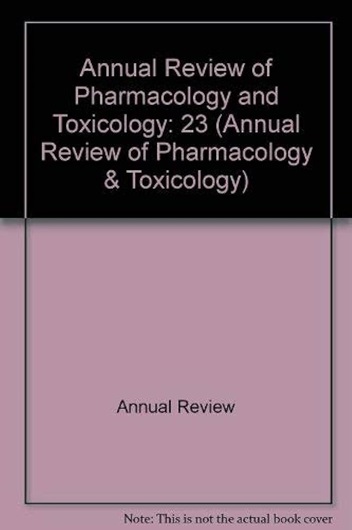药物治疗中的人工智能。
IF 11.2
1区 医学
Q1 PHARMACOLOGY & PHARMACY
Annual review of pharmacology and toxicology
Pub Date : 2020-01-08
DOI:10.1146/annurev-pharmtox-010919-023746
引用次数: 18
摘要
人工智能(AI)在药物治疗中最常见的应用是将患者与最佳药物或药物组合相匹配,预测药物靶点或药物相互作用,以及优化治疗方案。这篇综述概述了一些最近开发的人工智能方法,以帮助药物治疗和给药过程。为患者选择最佳药物通常需要将患者数据(如遗传学或蛋白质组学)与药物数据(如化合物化学描述符)相结合,以对药物的治疗效果进行评分。药物相互作用的预测通常依赖于相似性度量,假设具有相似结构或靶标的药物将具有相似的行为或可能相互干扰。使用数学模型来解释药代动力学和药效学数据,以优化给药剂量计划。本文将讨论、解释和分析最近为这些任务开发的强大模型。《药理学与毒理学年鉴》第60卷的最终在线出版日期预计为2020年1月9日。修订后的估计数请参阅http://www.annualreviews.org/page/journal/pubdates。本文章由计算机程序翻译,如有差异,请以英文原文为准。
Artificial Intelligence in Drug Treatment.
The most common applications of artificial intelligence (AI) in drug treatment have to do with matching patients to their optimal drug or combination of drugs, predicting drug-target or drug-drug interactions, and optimizing treatment protocols. This review outlines some of the recently developed AI methods aiding the drug treatment and administration process. Selection of the best drug(s) for a patient typically requires the integration of patient data, such as genetics or proteomics, with drug data, like compound chemical descriptors, to score the therapeutic efficacy of drugs. The prediction of drug interactions often relies on similarity metrics, assuming that drugs with similar structures or targets will have comparable behavior or may interfere with each other. Optimizing the dosage schedule for administration of drugs is performed using mathematical models to interpret pharmacokinetic and pharmacodynamic data. The recently developed and powerful models for each of these tasks are addressed, explained, and analyzed here. Expected final online publication date for the Annual Review of Pharmacology and Toxicology Volume 60 is January 9, 2020. Please see http://www.annualreviews.org/page/journal/pubdates for revised estimates.
求助全文
通过发布文献求助,成功后即可免费获取论文全文。
去求助
来源期刊
CiteScore
27.80
自引率
0.00%
发文量
53
期刊介绍:
Since 1961, the Annual Review of Pharmacology and Toxicology has been a comprehensive resource covering significant developments in pharmacology and toxicology. The journal encompasses various aspects, including receptors, transporters, enzymes, chemical agents, drug development science, and systems like the immune, nervous, gastrointestinal, cardiovascular, endocrine, and pulmonary systems. Special topics are also featured in this annual review.

 求助内容:
求助内容: 应助结果提醒方式:
应助结果提醒方式:


